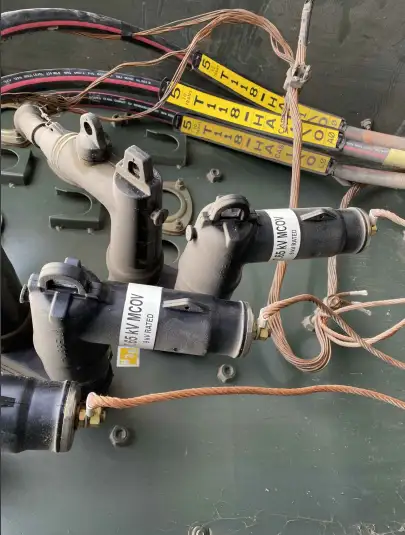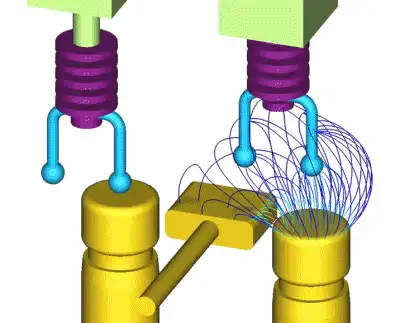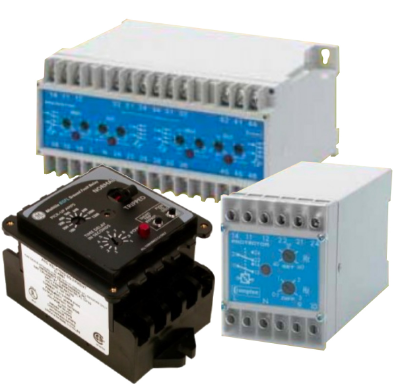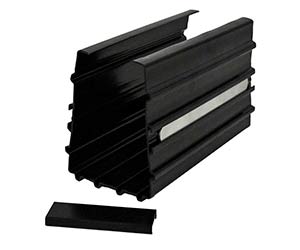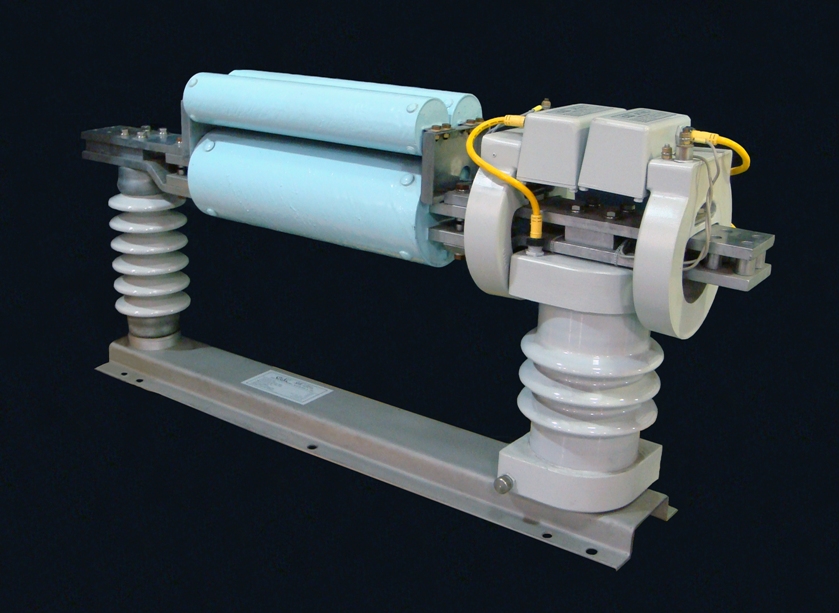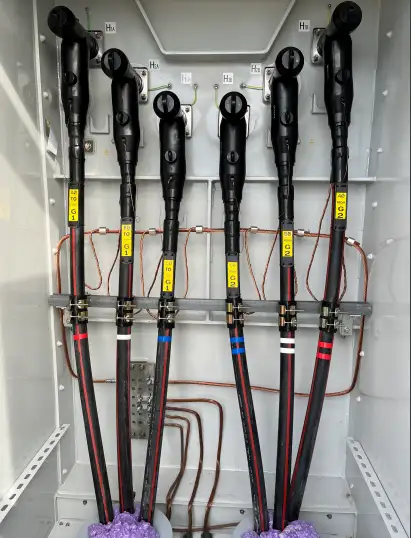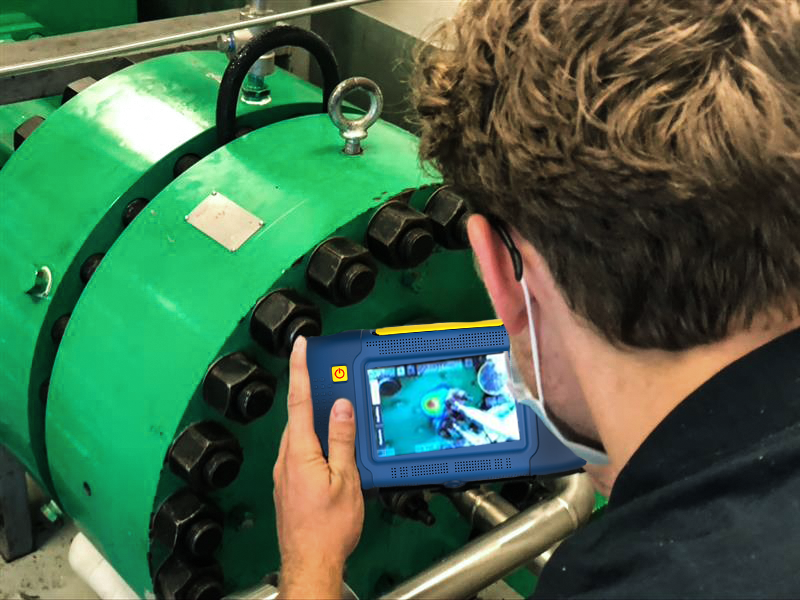Smart Grid Monitoring and SCADA
Smart grid monitoring uses sensors, SCADA, and analytics to track energy flow in real time, improve reliability, enable predictive maintenance, and integrate DERs across substations and the distribution grid.
What is Smart Grid Monitoring?
Smart grid monitoring is the real-time observation and control of electrical networks using digital sensors, SCADA, and analytics to enhance reliability and efficiency.
✅ Real-time visibility for substations, feeders, and smart meters
✅ Predictive maintenance and faster fault detection/restoration
✅ Better DER integration, load management, and grid reliability
As electric power systems grow in complexity, it has become essential. At the heart of this capability is SCADA—Supervisory Control and Data Acquisition—a foundational technology that allows utilities to collect, analyze, and act on data from remote devices across the network. SCADA is a key enabler of smart grid performance and resilience. For a detailed look at the technology behind SCADA systems, visit our guide to What is SCADA and its role in grid modernization.
From high-voltage substations to distributed energy resources (DERs), SCADA systems play a central role in smart grid monitoring by improving visibility, supporting automation, and enabling fast fault detection and response. As demand rises for decentralized control and integration of renewables, SCADA’s importance in smart grid operations continues to expand. To explore the broader context of this topic, see our Smart Grid Channel, which explains how digital technologies are transforming utility operations.
SCADA Architecture
A modern SCADA system supports monitoring through three critical layers:
Field Devices:
Remote Terminal Units (RTUs) and Programmable Logic Controllers (PLCs) collect real-time data from substations, transformers, and switchgear. These devices serve as the sensors of the smart grid.
Communication Infrastructure:
Telemetry protocols such as DNP3, Modbus, and IEC 60870-5-104 transmit data across fiber, Ethernet, or wireless networks.
Central Control System:
Human-Machine Interfaces (HMIs), historian databases, alarms, and control logic allow operators to supervise energy flow, manage voltages, and issue commands in real time.
This layered architecture ensures reliable and secure monitoring of smart grid assets across vast geographic areas. For insights on how automation enhances real-time control, read about coordinated automation schemes used in smart grid environments.
SCADA vs. DMS vs. EMS
Smart grid monitoring is often supported by three integrated systems:
-
SCADA provides real-time supervisory control and data acquisition.
-
DMS (Distribution Management System) adds automation, outage management, and volt/VAR control for medium- and low-voltage networks.
-
EMS (Energy Management System) operates at the transmission level, optimizing generation, forecasting loads, and managing market participation.
These systems often work together in a unified platform to enable end-to-end control. The success of depends heavily on data analytics, which drive performance improvements and predictive maintenance.
Integrating DERs
Distributed energy resources (DERs) such as solar panels, wind turbines, and battery storage require modern SCADA platforms to manage bidirectional power flow and ensure power quality.
With DER Management Systems (DERMS) integration, monitoring enables utilities to:
-
Track generation from rooftop and distributed assets
-
Control inverter output for voltage regulation
-
Coordinate dispatch and network balancing
-
Maintain synchronization and stability
It must support real-time communication, open protocols, and dynamic data modeling to handle the variability of DERs effectively.
Real-Time Analytics
Modern intelligent monitoring leverages data analytics to move beyond simple control and toward predictive maintenance, performance optimization, and cost reduction.
Advanced SCADA platforms now feature:
-
Edge computing for faster, localized data analysis
-
Cloud integration for scalability and remote access
-
AI and machine learning to forecast failures and detect anomalies
-
Visual dashboards for real-time decision support
These enhancements enable utilities to shift from reactive to proactive grid operations. Effective monitoring systems must also consider grid cybersecurity strategies to defend against growing threats to critical infrastructure.
Challenges
Despite its benefits, many utilities face barriers when modernizing SCADA for smart grid applications:
-
Interoperability issues due to proprietary protocols
-
Cybersecurity concerns require compliance with NERC CIP standards
-
Limited bandwidth in remote areas
-
Integration challenges with GIS, asset management, and mobile systems
Future-ready SCADA systems must be secure, modular, and designed to scale with evolving smart grid technologies.
Conclusion
Smart grid monitoring, powered by modern SCADA systems, is the backbone of today’s intelligent electric network. It ensures real-time visibility, automation, and control—enabling utilities to enhance reliability, optimize energy distribution, and support the integration of renewable energy.
As grid infrastructure evolves, so too must the technologies that monitor and manage it. Investing in SCADA modernization is not just about upgrading old systems—it’s about preparing for a smarter, more resilient, and data-driven future.
Related Articles
On-Site Training
Interested in cost effective, professional on-site electrical training?
We can present an Electrical Training Course to your electrical engineering and maintenance staff, on your premises, tailored to your specific equipment and requirements. Click on the link below to request a Free quotation.
EF PARTNER MEDIA
Product Showcases
Shared Media


